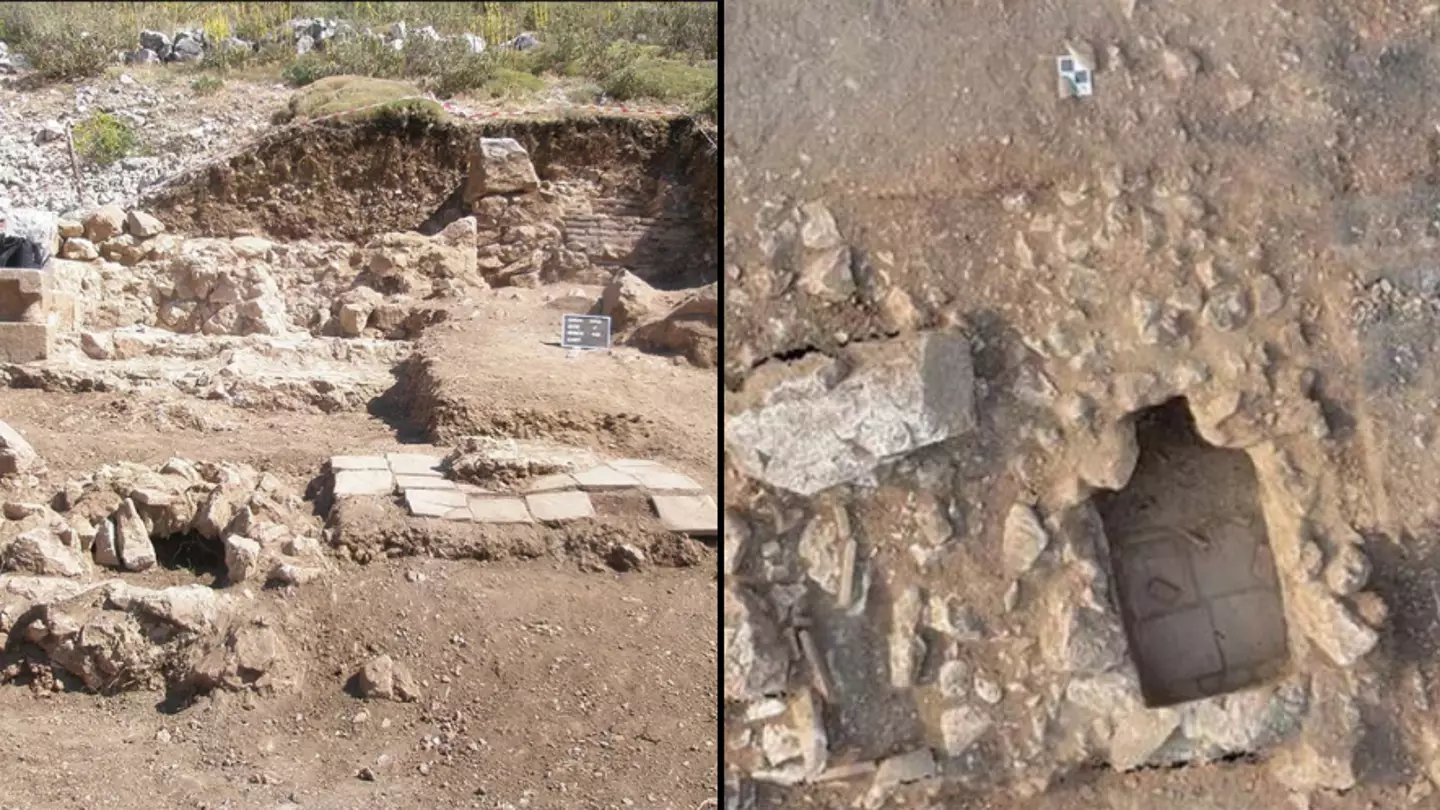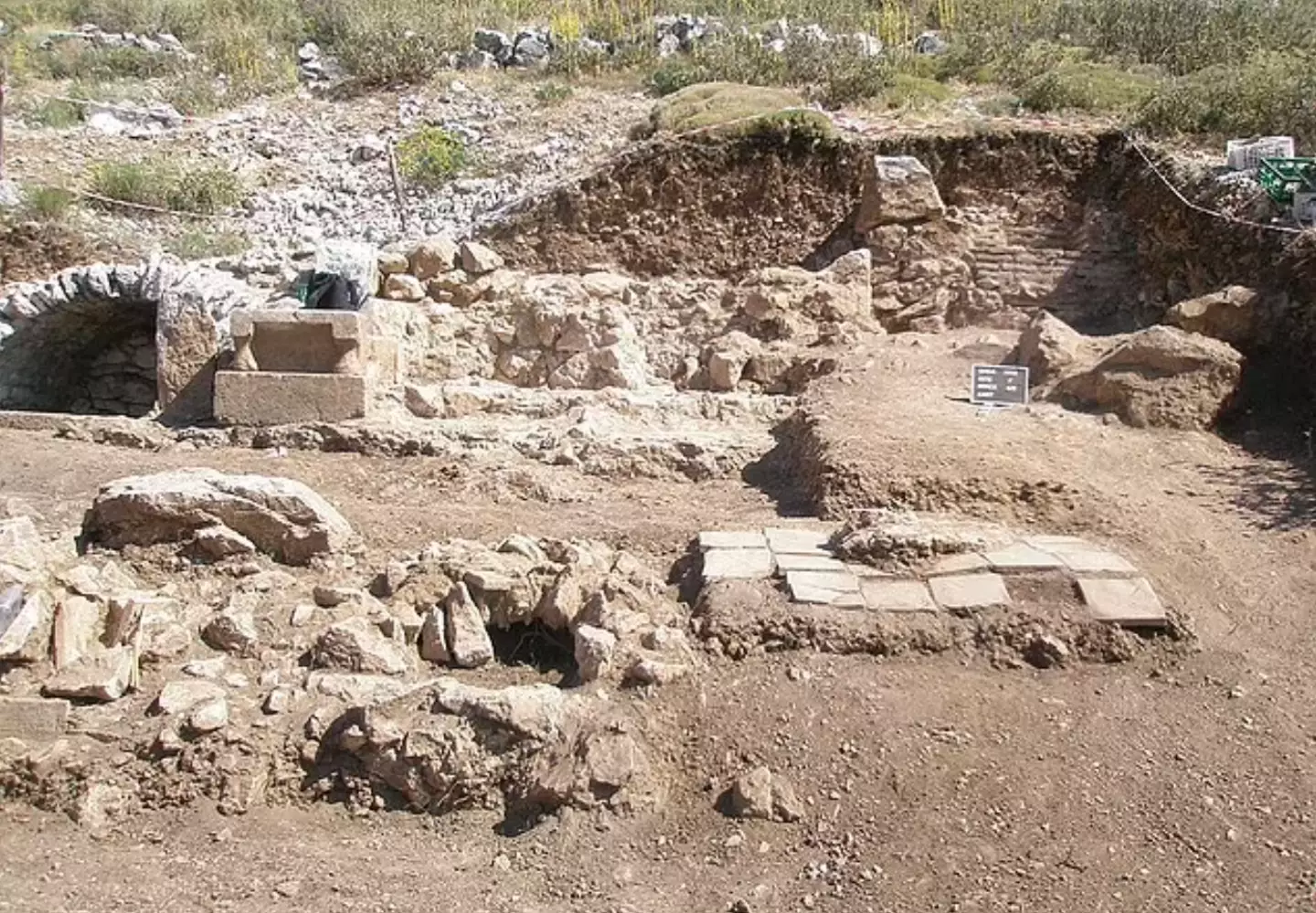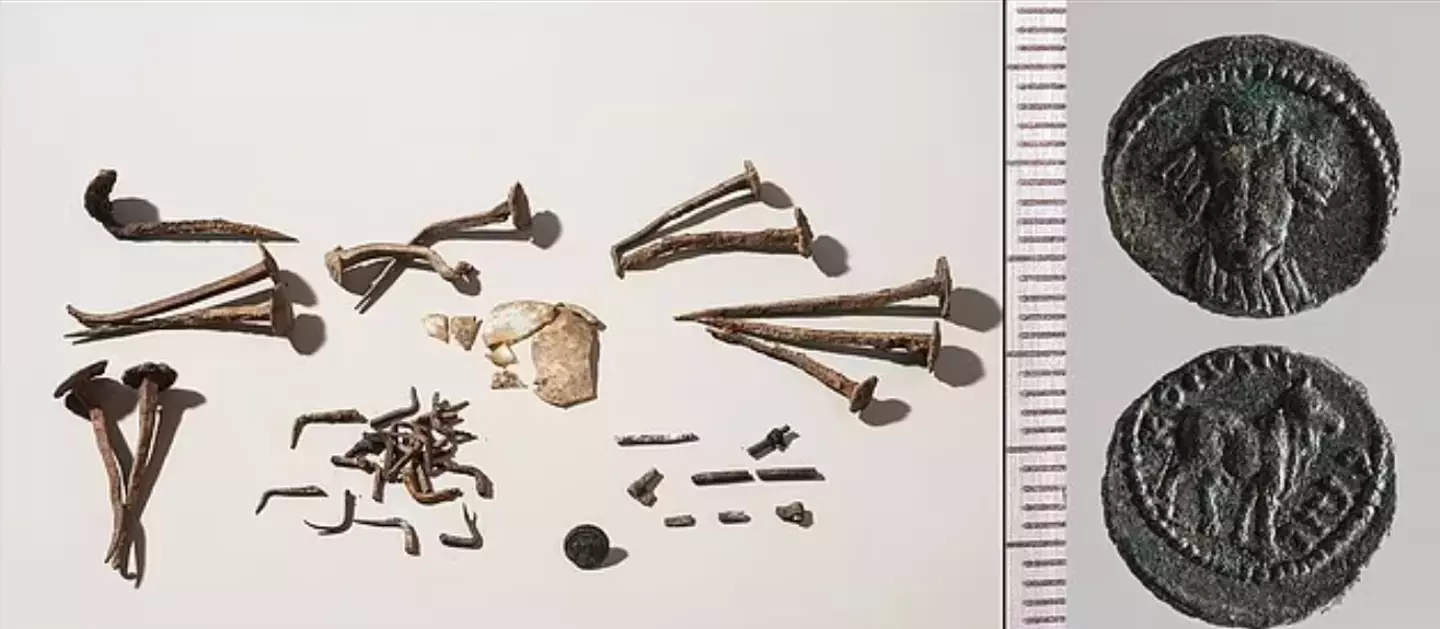
A Roman tomb has been opened 2,000 years after it was sealed to protect from the ‘restless dead’ - and what researchers found was truly bizarre.
It seems we may have more than enough reason to be concerned about the ‘restless dead’ based on the findings from archaeologists who examined the site, who noticed unusual things about the tomb in which the remains were found. Lovely news, eh?
The site dates back to 100 to 150 AD and was discovered at the archaeological site of Sagalassos in southwestern Turkey.
The remains belonged to an adult male who was cremated and buried in the same place in what is said to have been an unusual practice in Roman times.
Advert

Researchers from the Sagalassos Archaeological Research Project found that the tomb had been scattered with ‘dead nails’ when it was sealed which suggests the people back in the day possibly feared that the person inside would haunt them.
The unusual tomb was sealed with 24 bricks that had been placed meticulously on a pyre that was still burning and a layer of plaster, which raised the researchers’ alarm bells.
Typical funeral items such as fragments of a woven basket, remains of food, a coin and ceramic and glass vessels were also found. It suggests that the man was a ‘loved one at the time’ while Johan Claeys, an archaeologist at Catholic University Leuven in Belgium, thinks the ceremony was likely done by his next of kin.
What makes the Sagalassos cremation unusual is that it was performed in place, which researchers could decipher from the anatomical positioning of the remaining bones. Usually, cremations consisted of a funeral pyre before the collection of the remains which were placed into an urn and then buried in a grave or put in a mausoleum.
Advert

Claeys said the way the burial site was closed off possibly indicates that the living wanted to shield themselves from the dead man.
“The burial was closed off with not one, not two, but three different ways that can be understood as attempts to shield the living from the dead — or the other way around,” he shared with Live Science.
Claeys said while coverings of tiles or plaster and bent nails are all known to have existed in the Roman era, the combination of all three was never seen before... until now.

Advert
He explained that this combo suggested a fear of the ‘restless dead’.
The researchers explained in their paper: “The cremated human remains were not retrieved but buried in situ, surrounded by a scattering of 41 intentionally bent nails, and carefully sealed beneath a raft of tiles and a layer of lime.
“For each of these practices, textual and archaeological parallels can be found elsewhere in the ancient Mediterranean world, collectively suggesting that magical beliefs were at work.”
In the study, which was first published in the 21 February issue of the journal Antiquity, researchers concluded that the Romans living in Sagalassos were ‘fearful of the deceased’s return’.
Topics: News, World News, Science
